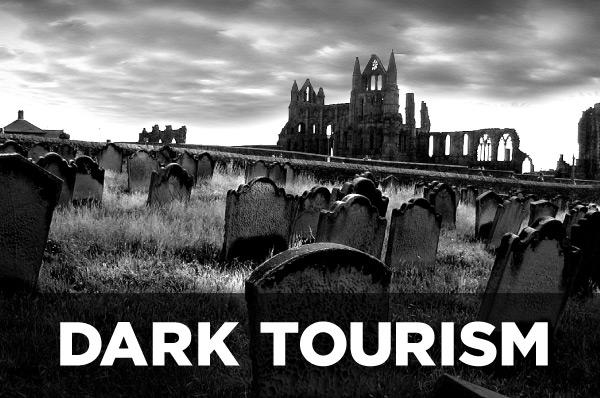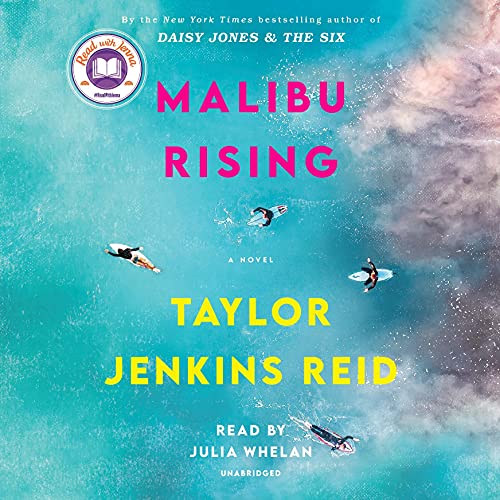Dark Tourism

March 10, 2023
Dark tourism, black tourism, morbid tourism, or grief tourism has been defined as tourism involving travel to places historically associated with death and tragedy. More recently, it was suggested that the concept should also include reasons tourists visit that site, since the site’s attributes alone may not make a visitor a “dark tourist”. The main attraction to dark locations is their historical value rather than their associations with death and suffering. Holocaust tourism contains aspects of both dark tourism and heritage tourism.
Dark tourism deals with the philosophical interrogation of death. Visitors who are interested in these spaces manifest their intention to understand others’ pain or simply their educational goals. Dark tourists imagine often their own finitude through the figure of the Other. Dark tourism helps to enhance the recipient capacity of society as well as giving a lesson to the next generations.
While there is a long tradition of people visiting recent and ancient settings of death, such as traveling to gladiator games in the Roman colosseum, attending public executions by decapitation, and visiting the catacombs, this practice has been studied academically only relatively recently. Travel writers were the first to describe their tourism to deadly places. P. J. O’Rourke called his travel to Warsaw, Managua, and Belfast in 1988 ‘holidays in hell’, or Chris Rojek talking about ‘black-spot’ tourism in 1993 or the ‘milking the macabre’. Academic attention to the subject originated in Glasgow, Scotland: The term ‘dark tourism’ was coined in 1996 by Lennon and Foley, two faculty members of the Department of Hospitality, Tourism & Leisure Management at Glasgow Caledonian University, and the term ‘thanatourism’ was first mentioned by A. V. Seaton in 1996, then Professor of Tourism Marketing at the University of Strathclyde.
As of 2014, there have been many studies on definitions, labels, and subcategorizations, such as Holocaust tourism and slavery-heritage tourism, and the term continues to be molded outside academia by authors of travel literature. There is very little empirical research on the perspective of the dark tourist. Dark tourism has been formally studied from three main perspectives by a variety of different disciplines.
Scholars in this interdisciplinary field have examined many different aspects. Lennon and Foley expanded their original idea in their first book, deploring that “tact and taste do not prevail over economic considerations” and that the “blame for transgressions cannot lie solely on the shoulders of the proprietors, but also upon those of the tourists, for without their demand there would be no need to supply.”
Whether a tourist attraction is educational or exploitative is defined by both its operators and its visitors. Tourism operators motivated by greed can “milk the macabre” or reexamine tragedies for a learning experience. Tourists consuming dark tourism products may desecrate a place and case studies are needed to probe who gains and loses. Chris Hedges criticized the “Alcatraz narrative as presented by the National Park Service” as “whitewashing” because it “ignores the savagery and injustice of America’s system of mass incarceration”. By omitting challenging details, the park service furthers a “Disneyfication”, per Hedges.











